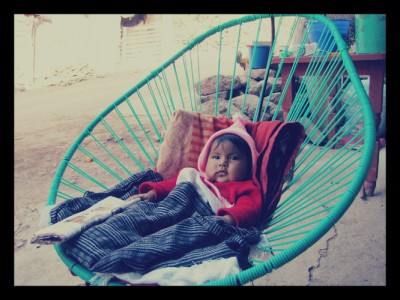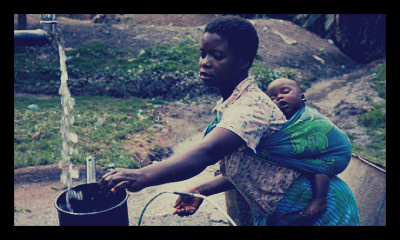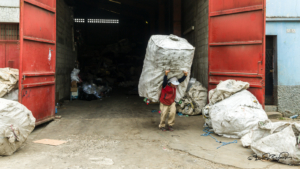 Dr. Gerard Barry, project leader for the International Rice Research Institute (IRRI), is developing a type of genetically modified rice called “Golden Rice.” This rice contains the essential nutrient beta-carotene, the source of vitamin A, which is often lacking in the diets of people living in poverty. The GMO rice is referred to as “Golden” because beta-carotene produces an orange color once added to the rice. Dr. Barry and IRRI are working to address vitamin A deficiency in developing countries and hope that Golden Rice is the answer.
Dr. Gerard Barry, project leader for the International Rice Research Institute (IRRI), is developing a type of genetically modified rice called “Golden Rice.” This rice contains the essential nutrient beta-carotene, the source of vitamin A, which is often lacking in the diets of people living in poverty. The GMO rice is referred to as “Golden” because beta-carotene produces an orange color once added to the rice. Dr. Barry and IRRI are working to address vitamin A deficiency in developing countries and hope that Golden Rice is the answer.
In an interview with National Public Radio, Dr. Barry spoke enthusiastically about engineering new types of rice pointing out that it is the staple food of a couple of billion people. His passion for the crop led to a career at IRRI and he quickly began working on Golden Rice which he explains has the potential to greatly benefit those living in impoverished conditions. IRRI hopes to distribute the GMO rice in Bangladesh and the Philippines, where the institute is located.
Vitamin A deficiency is a result of malnourishment and a limited diet. The consequences of this deficiency include tissue damage, blindness, and a weakened immune system. For those millions of people affected by vitamin A deficiency, one cup of Golden Rice a day could provide half the amount needed for a healthy diet. “This product has the potential to reduce the suffering of women and children and save lives,” said Dr. Barry. IRRI is working with nonprofit organizations to ensure the super rice reaches those who need it most. Once it has passed food and safety regulations, we will begin to see the real impact of Golden Rice.
– Mary Penn
Source: IrishCentral
Photo: Forbes
 In Mexico, traditional midwifery services have been fallen steadily as women choose to have their babies in hospitals. However, many citizens who still live too far from hospitals need midwives. To meet this demand, Mexico has established its first public midwifery school, and young women are learning this ancient practice with the intent to graduate.
In Mexico, traditional midwifery services have been fallen steadily as women choose to have their babies in hospitals. However, many citizens who still live too far from hospitals need midwives. To meet this demand, Mexico has established its first public midwifery school, and young women are learning this ancient practice with the intent to graduate. In 2020, more than 140 million girls will be attending a wedding – their own. Of these 150 million girls, 50 million will be attending their own wedding before they have even celebrated their 15th birthday.
In 2020, more than 140 million girls will be attending a wedding – their own. Of these 150 million girls, 50 million will be attending their own wedding before they have even celebrated their 15th birthday. While most teenage girls her age are reluctant to take out the trash, Courtney Quigley is begging her parents to return to Guatemala City to
While most teenage girls her age are reluctant to take out the trash, Courtney Quigley is begging her parents to return to Guatemala City to  In his State of the Union address, President Obama called for action on something just as unprecedented as universal healthcare in America – universal preschool.
In his State of the Union address, President Obama called for action on something just as unprecedented as universal healthcare in America – universal preschool.